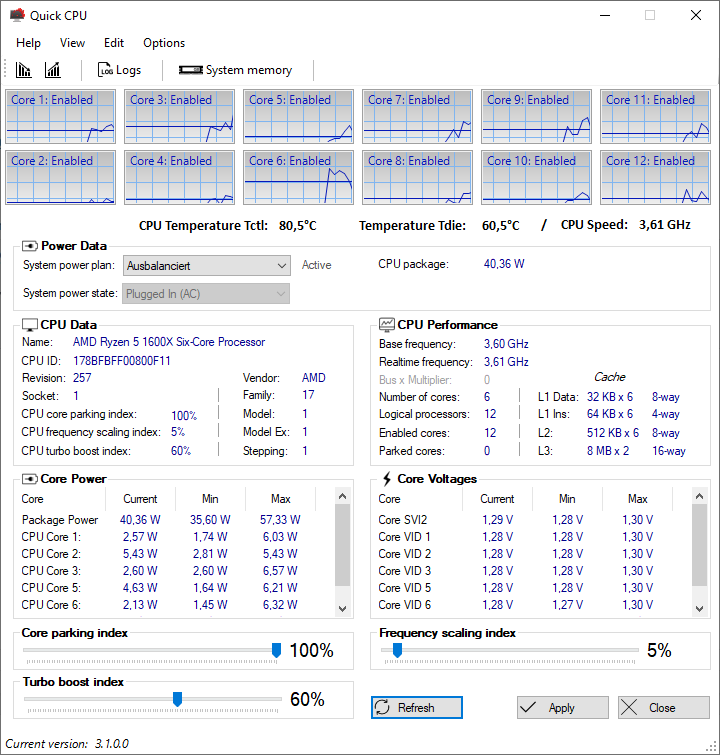

Tuning affects performance and power, sometimes in disproportionate amounts. When you tune your server for energy savings, you must also consider performance. However, the majority of server hardware and workloads should not require administrator power tuning when running Windows Server. This section expands on energy-efficiency tradeoffs to help you make informed decisions if you need to adjust the default power settings on your server. Processor Power Management (PPM) Tuning for the Windows Server Balanced Power Plan describes the workloads used for tuning the default parameters in multiple Windows Server versions, and provides suggestions for customized tunings. Windows Server is optimized for excellent energy efficiency with minimum performance impact across a wide range of customer workloads. When managing servers, it’s important to ensure that they are running as efficiently as possible while meeting the performance needs of their workloads.

You may also find this information displayed in your computer’s BIOS or UEFI firmware settings screen.Energy efficiency is increasingly important in enterprise and data center environments, and it adds another set of tradeoffs to the mix of configuration options. Your computer’s documentation likely includes system specification details like this. If Windows isn’t booting on your system, you can still find this information in several other ways. Your computer’s CPU model and speed are displayed to the right of “Processor” under the System heading. RELATED: 13 Ways to Open the Control Panel on Windows 10 You can also press Windows+Pause on your keyboard to instantly open this window. Head to Control Panel > System and Security > System to open it. Windows 7-or Windows 10-users can find this information in the Control Panel.

You’ll also see real-time CPU usage data and other details, including the number of cores your computer’s CPU has. RELATED: Seven Ways to Open the Windows Task Manager (If you don’t see the Performance tab, click “More Details.”) Click the “Performance” tab and select “CPU.” The name and speed of your computer’s CPU appear here. Right-click your taskbar and select “ Task Manager” or press Ctrl+Shift+Esc to launch it. The Task Manager on Windows 10 and Windows 11 shows detailed CPU information, too.

You can also press the Windows key, type “About” to search your Start menu for this Settings screen, and then click the “About This PC” shortcut that appears. You can press Windows+i to open the Settings app quickly.


 0 kommentar(er)
0 kommentar(er)
